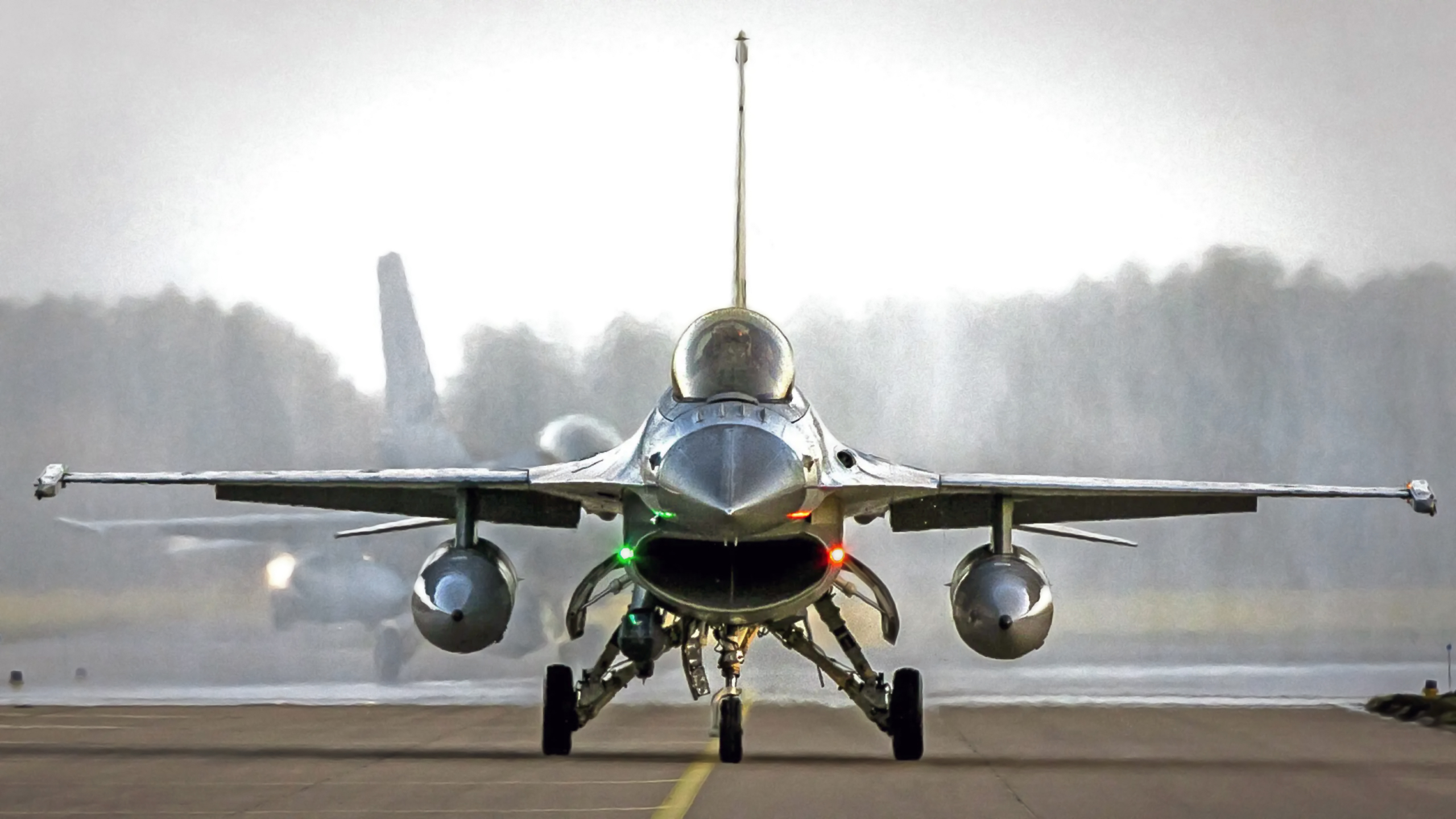The Netherlands has once again emerged as a likely frontrunner among the Western nations looking to get F-16 fighter jets into the hands of the Ukrainian Air Force. In the latest development regarding the future of the Dutch Viper fleet, the country’s defense ministry has confirmed that plans to sell a dozen of the jets to the contractor ‘red air’ company Draken have been dramatically scaled back. The ministry also now says that one alternative use for the F-16s would be training Ukrainian pilots — an aspiration that the Netherlands has previously said it wanted to support.
The new details come from a letter to the Dutch parliament from Christophe van der Maat, the State Secretary of Defense in the Netherlands, a position that supports the Dutch Minister of Defense. Dated June 1, this letter outlines the current status of the deal with Draken, which was announced in July 2021, covering the transfer of 12 ex-Royal Netherlands Air Force (RNLAF) F-16A/Bs to the U.S. company, plus options on another 28 of the jets.
According to the terms of the original deal, the F-16s were to be used by Draken “to take on the role of the enemy in U.S. Air Force and Navy exercises. These aircraft will be used exclusively on the basis of government contracts for support tasks during (inter)national exercises and training on American territory.”
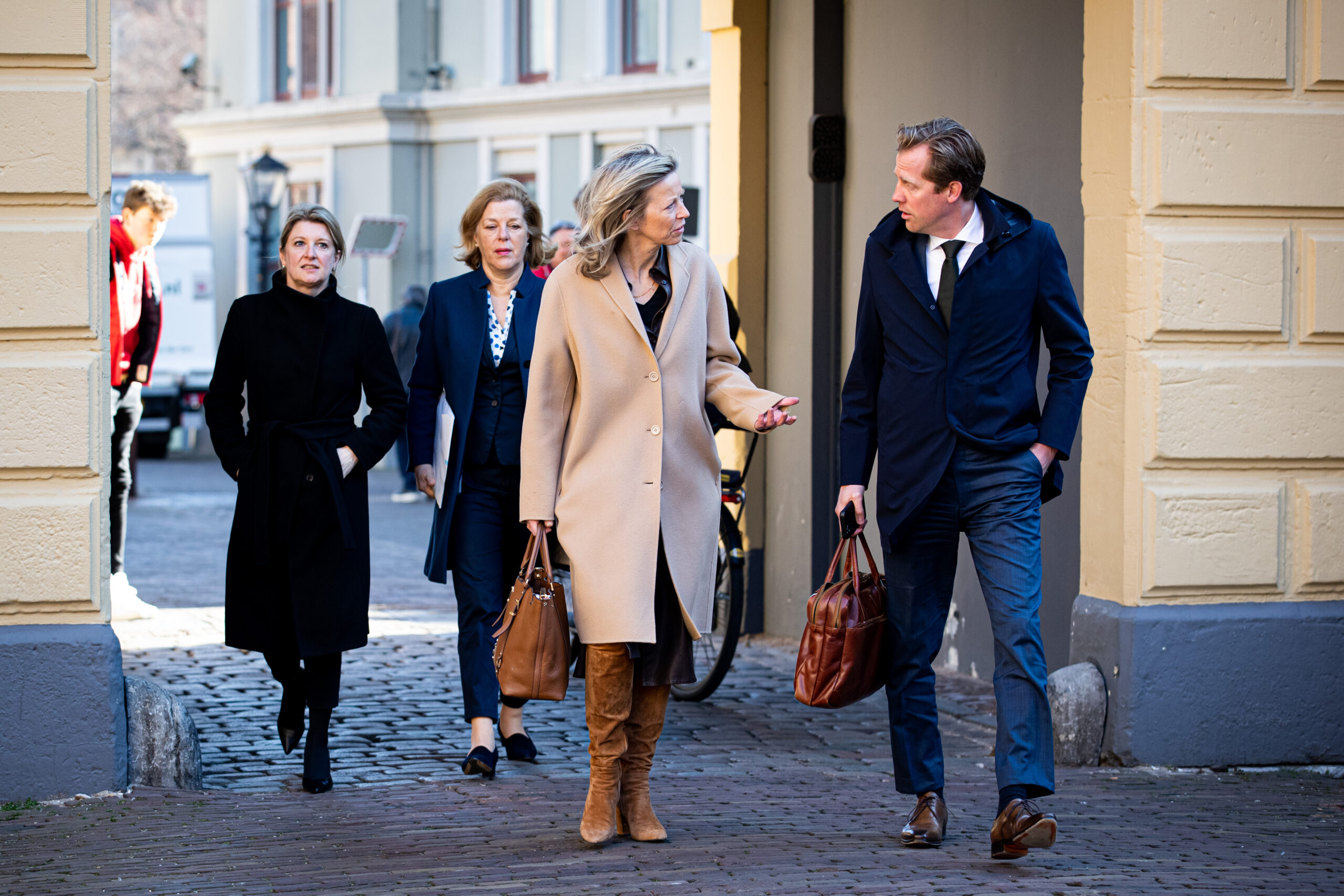
In December last year, the Dutch parliament was informed that there had been a delay in this transfer, although the precise reasons are not specified in the new letter.
The defense secretary’s letter now states that the agreement with Draken has since been “terminated by mutual consent,” following “a difference of opinion about the execution of the sale/purchase agreement.” In particular, Draken is said to have been unhappy about “the state of maintenance [of the aircraft] at the time of the transfer.”
As part of a new plan, which the ministry describes as an “amicable solution,” Draken has agreed instead to buy six Dutch single-seat F-16s “under conditions yet to be determined.” Final talks still need to take place to conclude that deal, although the delivery of the six jets could come as soon as next year if all goes to plan.
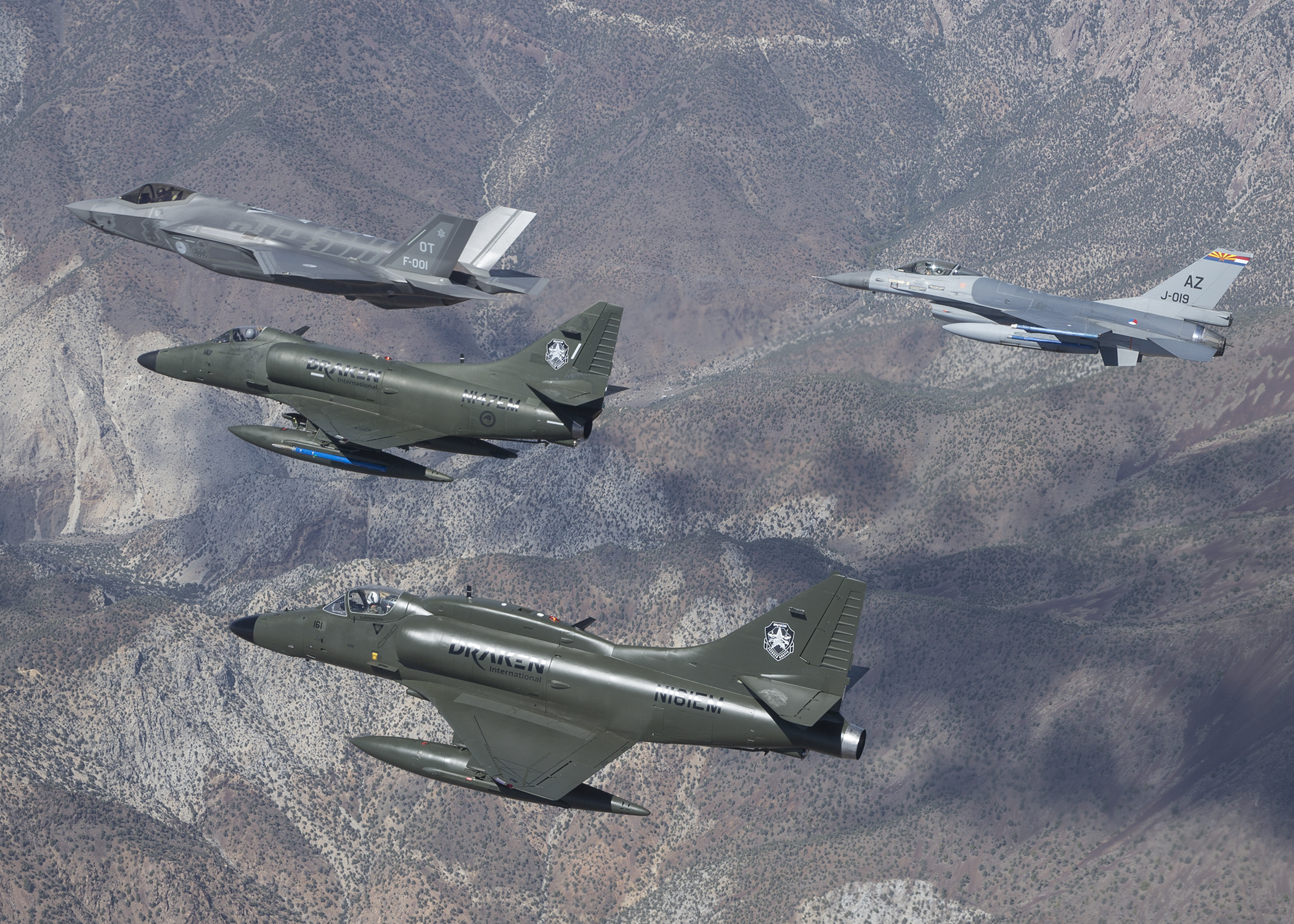
These six aircraft are the examples that in December 2022 were flown back from the United States, where they had been used to train Dutch pilots, assigned to the Arizona Air National Guard’s 162nd Fighter Wing, at Morris Air National Guard Base, Arizona. The jets touched down in Belgium after their ferry flight. Here, they are undergoing the maintenance work required before they can be handed over to Draken.
The jets’ arrival in Belgium led to some speculation that they could be refurbished for transfer to Bulgaria, which is seeking a stopgap fighter while it waits to receive new-build F-16 Block 70s from the new production line in South Carolina. Ukraine, too, was suggested as another possible destination.
The six jets that are now in Belgium will join a Draken fleet that is also expected to include 12 more F-16s acquired from Norway, within an impressive private tactical jet air force, one of the world’s largest, which also includes a dozen ex-South African Atlas Cheetahs, and 22 ex-Spanish Air Force Mirage F1Ms, plus assorted other subsonic jets. Meanwhile, another red air contractor, Top Aces, has been pioneering privately operated aggressor work with a fleet of ex-Israeli F-16A/Bs, upgraded with the Advanced Aggressor Mission System (AAMS) that adds active electronically scanned array (AESA) radar, a Scorpion helmet-mounted cueing system, Link 16 datalink capability, and more. You can read more about those operations here.

In the meantime, the 12 aircraft that were previously reserved for Draken are potentially also up for grabs. The Dutch Ministry of Defense says it’s “currently investigating options for alternative destinations.” Notably, among the 12 aircraft are an undisclosed number of two-seaters, which can be used for pilot training.
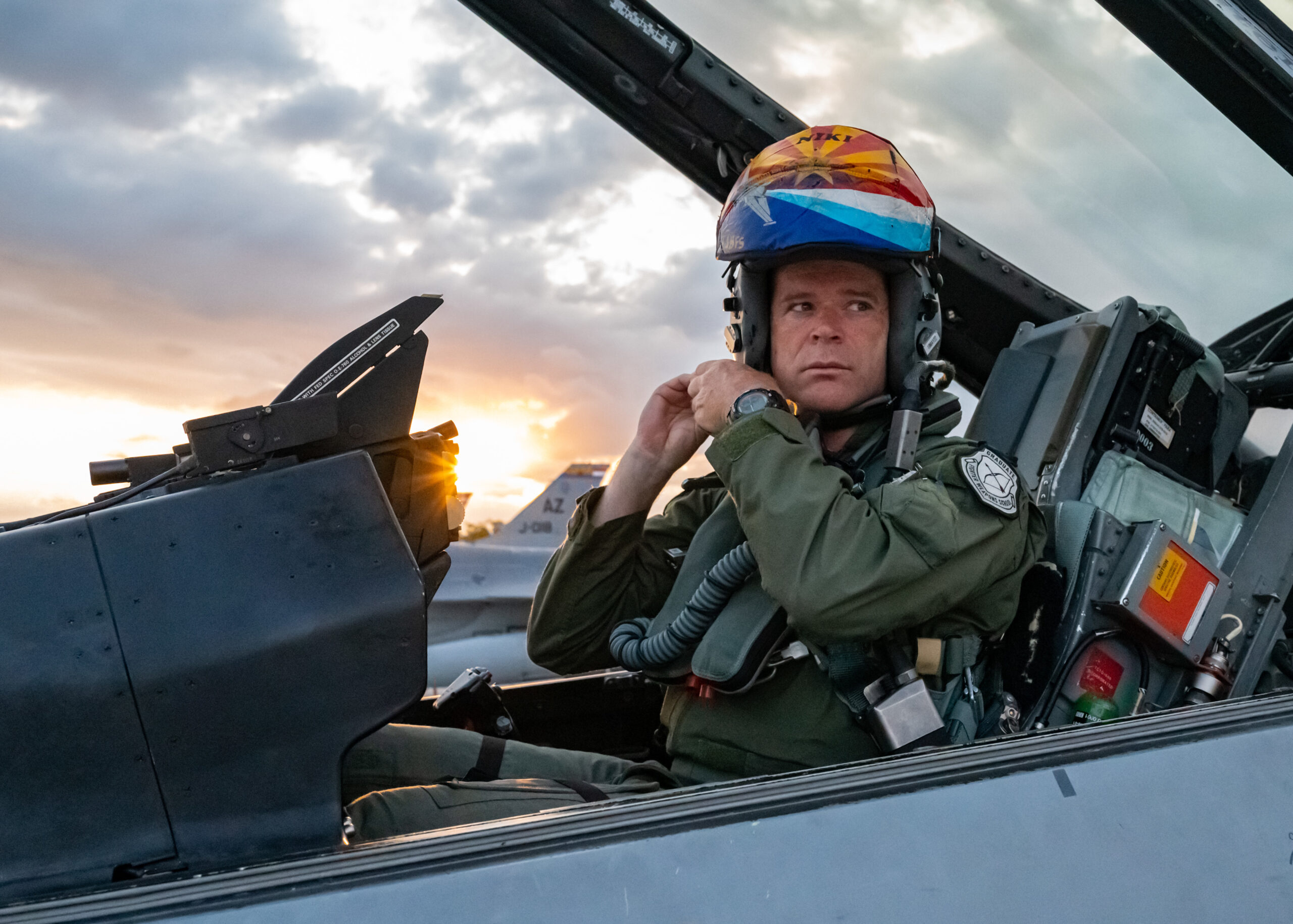
On top of these 12 Vipers, the Dutch also have another 22 aircraft that could also be made available for transfer, or for training. These are the remainder of the 28 options that were originally offered to Draken (minus the six aircraft that the company now says it will take). It’s unclear whether any of these aircraft are also two-seaters but, once again, “alternatives are being investigated” as to how to dispose of them.
Most notably, the letter from the defense ministry also notes that it “intends to train Ukrainian pilots on the F-16,” suggesting that at least some of these aircraft could now be used for this purpose.
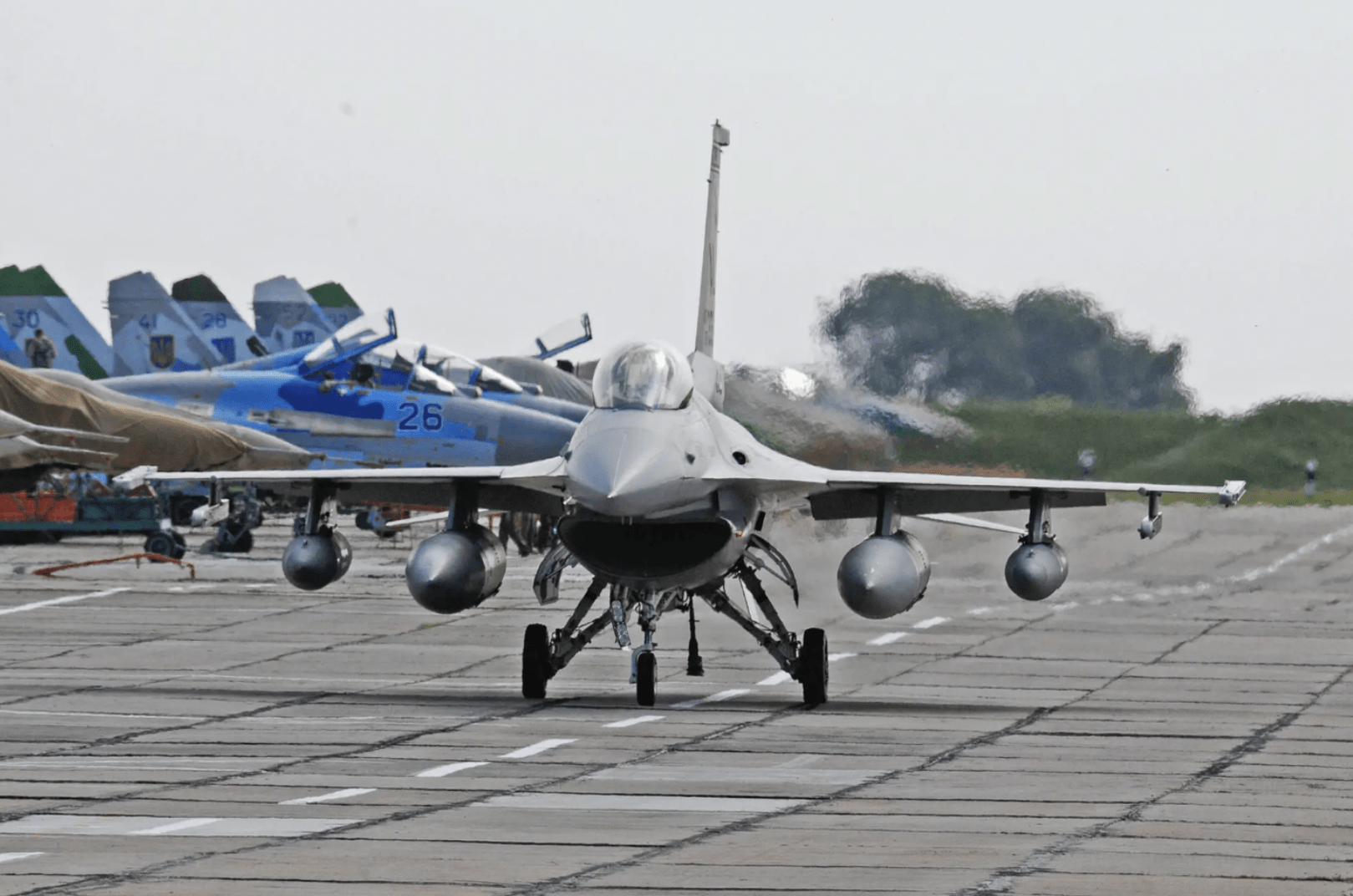
While momentum is now clearly building behind plans to deliver F-16s, and associated weapons, to Ukraine, as well as train its pilots on these aircraft, it’s unusual for one of the possible donors to highlight the particular aircraft that could be involved.
However, the Netherlands has been very much at the forefront of these efforts in recent months.
In particular, the Dutch have put their weight behind an F-16 training initiative for Ukraine, teaming up with Belgium, Denmark, and the United Kingdom in this effort. However, the United Kingdom is not an F-16 operator, while Belgium has said that it can offer training but not actually transfer any Vipers (for now, at least). With that in mind, any available Dutch jets could be very much in demand.
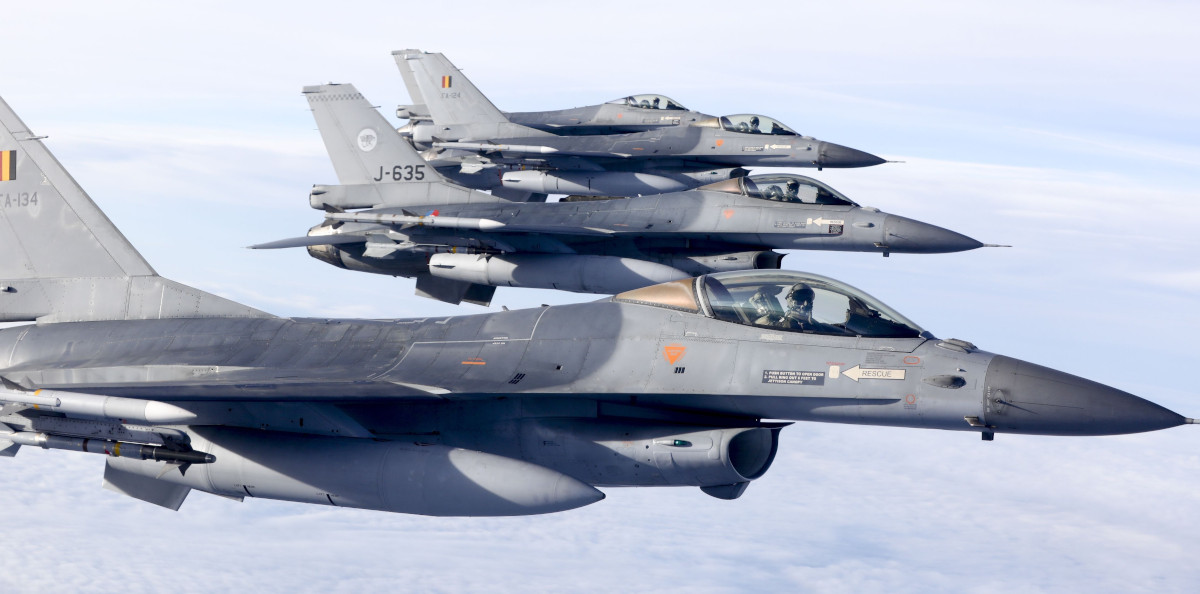
Unlike Belgium and Denmark, which have yet to start receiving F-35A stealth fighters to start replacing F-16s on their home soil, the RNLAF has made significant strides in introducing the Joint Strike Fighter.
Today, all remaining active RNLAF F-16s are located at a single base, Volkel, where the local frontline fleet was reportedly reduced to just 24 aircraft last summer.
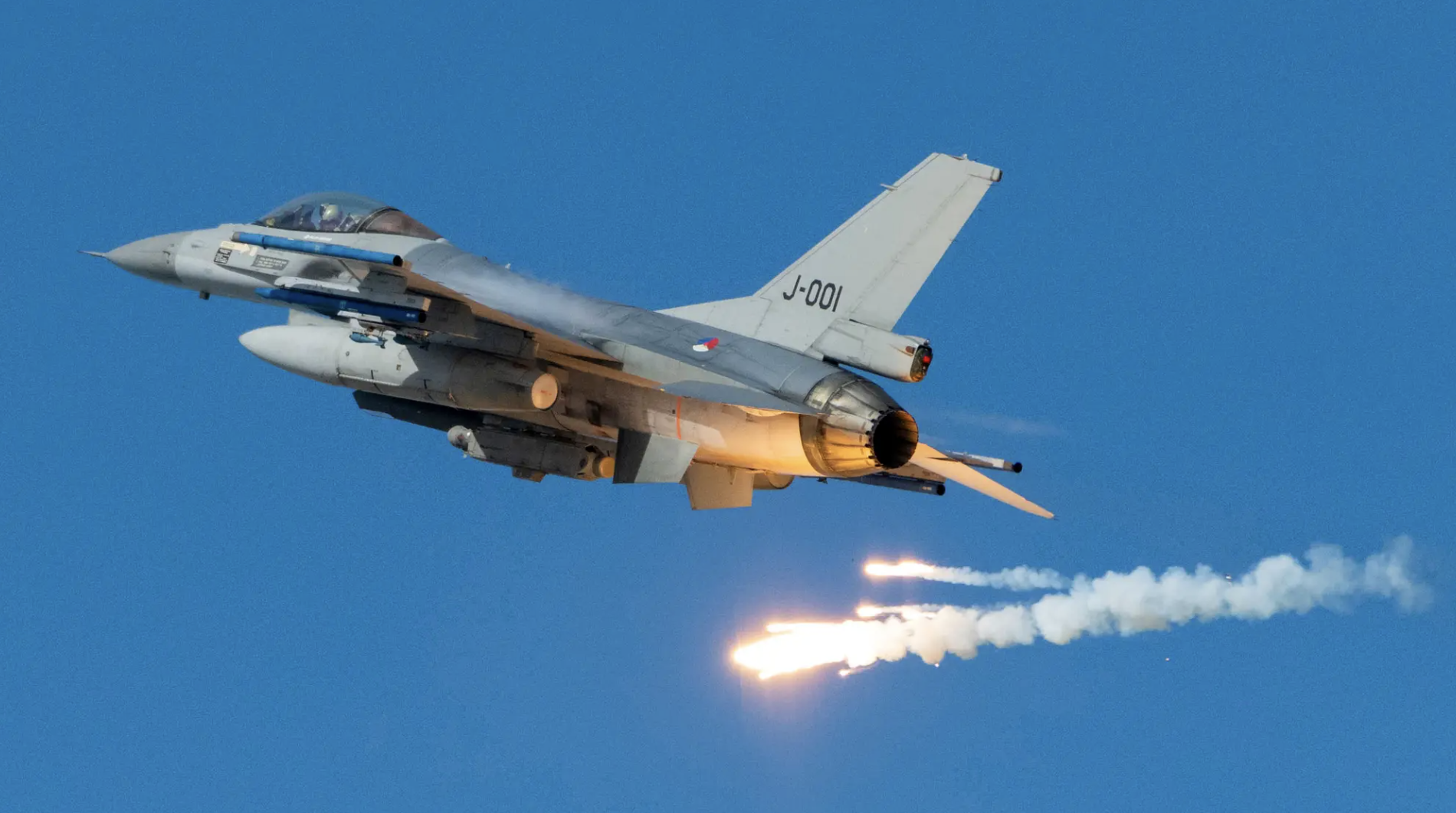
Last month, U.S. Defense Secretary Lloyd Austin confirmed to reporters that the Netherlands, together with Denmark, would lead a European coalition to train Ukrainian pilots on F-16s.
“During today’s meeting, several allies and partners also discussed plans for training Ukrainian pilots on fourth-generation fighter aircraft, including the F-16,” Austin said. “Planning and executing this training will be a significant undertaking, but the coordination of this contact group will help make that possible. But I especially wanted to thank Denmark and the Netherlands, which have decided to lead a European coalition in providing F-16 training for Ukrainian forces.”
Austin said that, “In the coming weeks, my Dutch and Danish counterparts will work with the United States and other allies to develop a training framework. Norway, Belgium, Portugal, and Poland have already offered to contribute to train. We expect more countries to join this important initiative.”
According to U.S. officials, training Ukrainian pilots on the F-16 will take place outside Ukraine at sites in Europe and will require “months to complete.” It now looks more likely that the training effort will involve at least some Dutch jets, although there is no reason that it would have to be conducted in the Netherlands specifically. Previous announcements suggested that Belgium could be one likely candidate and the Dutch and Belgians already operate their F-16 fleets closely, including sharing air defense coverage.
You can get a sense of how long it would take to train a Ukrainian pilot on the F-16 in our deep dive here.
The drawdown of the Dutch F-16 fleet has also seen suggestions that these aircraft could not just be used for training Ukrainian pilots, but also that they could eventually be handed over to Kyiv to help modernize its air force’s fighter inventory.
In January this year, the Dutch Deputy Prime Minister and Minister of Foreign Affairs Wopke Hoekstra said that his government would look at any request to transfer its F-16s to Ukraine with an “open mind.” However, Dutch Prime Minister Mark Rutte then significantly walked back Hoekstra’s comments.
Since then, however, the possibility of transferring Dutch F-16s to Ukraine seems to be back on the table. In a meeting between Rutte and British Prime Minister Rishi Sunak last month, Rutte also said there are “no taboos” and that work is being done “intensively” to get Vipers into Ukrainian hands.
That would appear to leave the approximately 24 jets still in the Netherlands as the best candidates for Ukraine, although their availability will also depend upon continued F-35 deliveries and the operational readiness of that aircraft and its pilots. However, with a final Dutch squadron scheduled to convert to the F-35 next year, the timeline for potential F-16 deliveries to Ukraine looks generally promising.
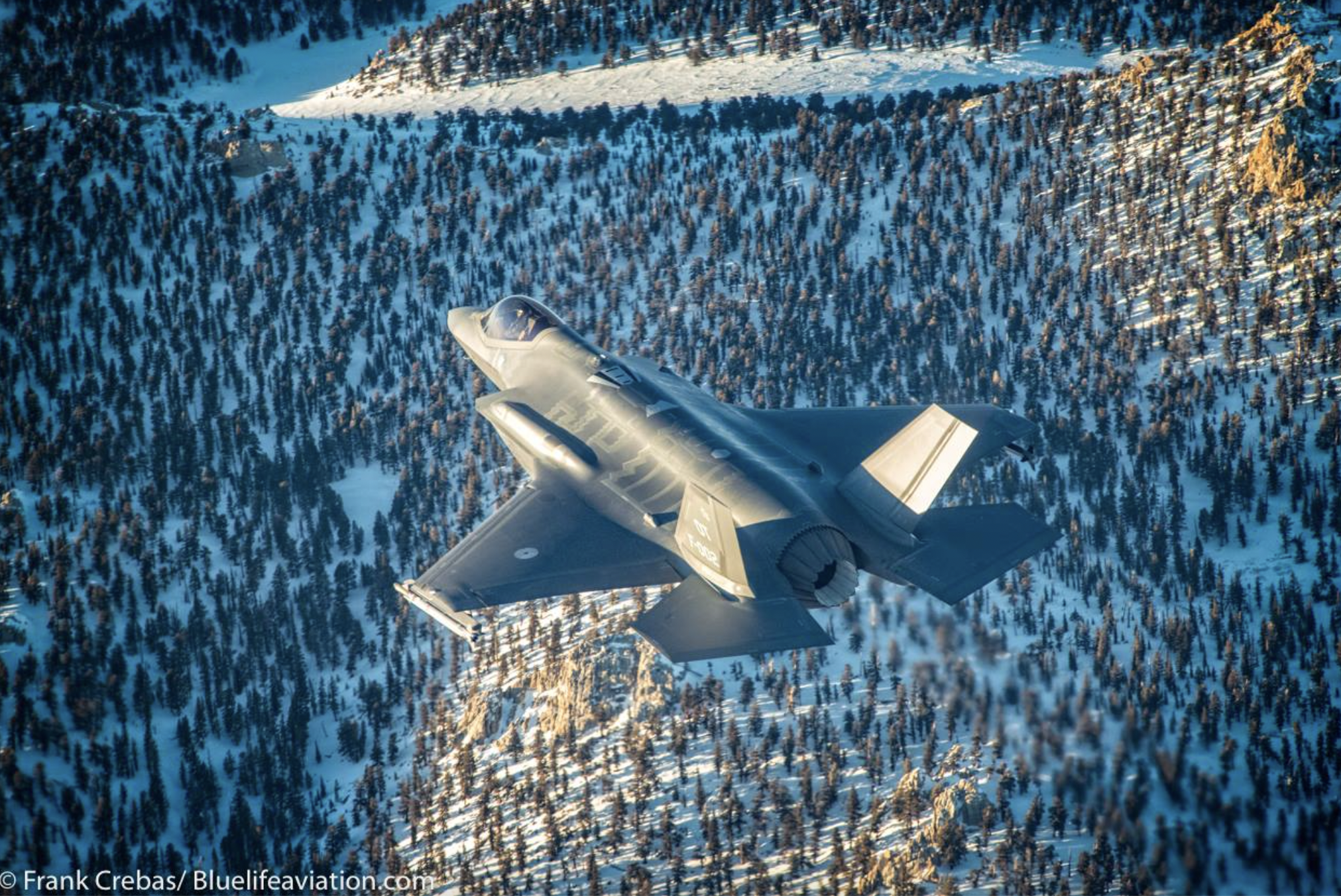
The 24 F-16s still flying operational missions with the RNLAF are probably the least likely candidates for transfer to Ukraine, at least in the short term. They are needed to continue operational assignments at least until a larger number of F-35s have been delivered and these jets are not currently cleared to undertake the full spectrum of operational tasks.
But even without those 24 jets, the Dutch have 34 aircraft left over from the original, now abandoned Draken deal.
There are very likely other F-16s available in the Netherlands, too.
According to a recent report in the Dutch newspaper de Volkskrant, there are another 18 RNLAF F-16s not in regular use. The Dutch national accounting office confirms that these aircraft are maintained for operational use as required and are actually rotated with the frontline aircraft to reduce flight hours per airframe. This would suggest that the Dutch have as many as 18 F-16s that would be more or less ready for transfer to Ukraine (albeit with an impact on the availability and fatigue life of the remaining frontline pool of jets). These jets are also understood to be upgraded to the same standard as the frontline F-16s.
Any former RNLAF F-16 that is supplied to Ukraine would likely require the removal of its nuclear capability, provided it still has it intact, although this is likely a fairly straightforward process and one that would also have been undertaken on the jets prepared for Draken. Both Belgian and Dutch F-16s have provision for the carriage of B61 tactical nuclear gravity bombs under the NATO ‘dual-key’ agreement.
All in all, it looks increasingly as if the Netherlands could be the best placed among F-16 operators to supply Ukraine with the fighters it has long campaigned for, whether as training assets to be used outside of Ukraine, as frontline fighters for the Ukrainian Air Force, or both.
As we have explored in the past, the number of countries within NATO that are actually able to offload suitable F-16 airframes at short notice is actually fairly limited. As well as these aircraft still being needed to fulfill operational taskings, in the absence of full F-35 fleets, there is also a fairly high demand for F-16s in the private sector, while the United States is already using many of its own retired Vipers for a number of different purposes.
However, the latest development from the Netherlands suggests that Draken’s loss could well end up being Ukraine’s gain.
Contact the author: thomas@thedrive.com
